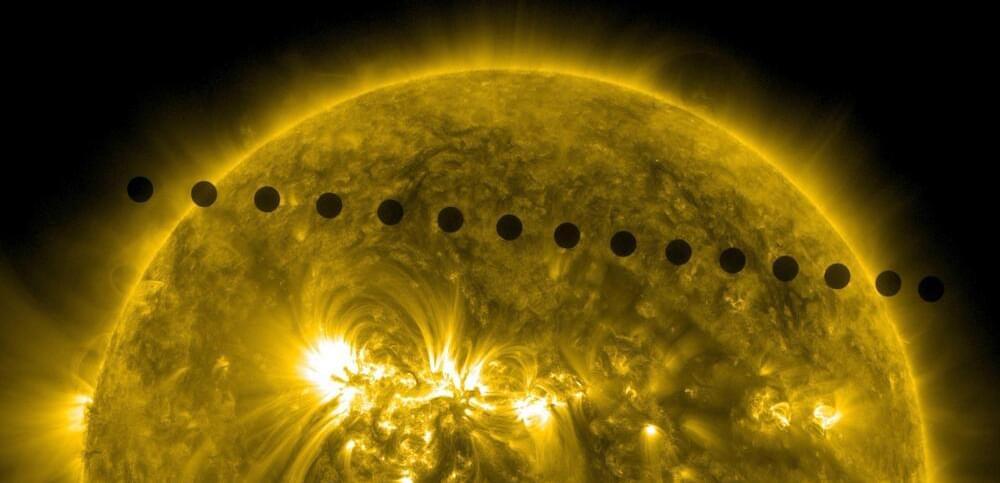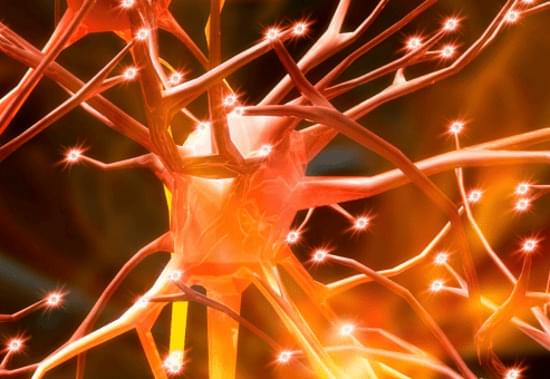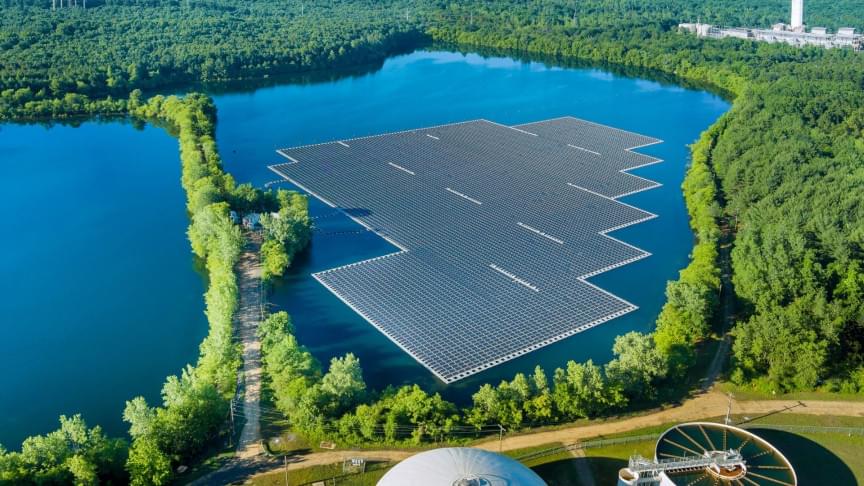Elon Musk, the billionaire SpaceX and Tesla CEO, will acquire Twitter for $54.20 per share in a deal worth about $44 billion.


A series of interviews recorded in August of 2021 with Dr. Stanislaw Burzynski.
Watch 2016 Movie: https://www.youtube.com/watch?v=F_7LZ8GLerI
Full Channel: https://www.youtube.com/channel/UCLiRbQrj-gBow6VdLajWxaw.
https://www.burzynskimovie.com/
Notes from Dr. Burzynski:
1. Cancer is the disease of information processing which I described in the article in.
1986.
2. This “computer software ” consists of the network of mutated genes and in most.
patients these genes are not inherited as mutated. The mutations occur during.
patient’s life. The ” software” instructs the body to make billions of malignant cells.
3. This software should be removed from patient’s body. As long as it stays in the.
body the cancer will come back.
4. This is the reason why standard of care can’t cure advanced cancer with surgery.
radiation and chemotherapy, while they decrease tumor size they can’t remove mutated genes.
5. Antineoplastons have a chance to do it because based on laboratory studies they.


Gaining clarity about the factors that contributed to a runaway greenhouse state on Venus, Earth’s closest planetary neighbor, can also help improve models of what could one day happen to Earth’s climate.
“Ultimately, my motivation in studying Venus is to better understand the Earth,” Kane said.
Reference: “Atmospheric dynamics of a near tidally locked Earth-sized planet” by Stephen R. Kane, 22 April 2022, Nature Astronomy.

At the Max Rady College of Medicine, University of Manitoba, in Canada, researchers have developed a stem-cell-based therapy that is regenerating spinal cords in laboratory animals and may become available for human clinical trials.
Blocking inhibitory molecules that cause neuronal cells to degenerate, and inhibit stem cell transplants may prove a breakthrough therapy.

Deep learning is one of the best technological advancements having numerous applications which leverage the neural network features for projects like neural enhance and the controversial face-swap technology used in deepfake videos.
Can humanity become a Type I civilization without causing our own Great Filter?

Can humanity become a Type I civilization without causing our own Great Filter?
There are several ways we can measure the progress of human civilization. Population growth, the rise and fall of empires, our technological ability to reach for the stars. But one simple measure is to calculate the amount of energy humans use at any given time. As humanity has spread and advanced, our ability to harness energy is one of our most useful skills. If one assumes civilizations on other planets might possess similar skills, the energy consumption of a species is a good rough measure of its technological prowess. This is the idea behind the Kardashev Scale.
Russian astrophysicist Nikolai Kardashev proposed the scale in 1964. He categorized civilizations into three types: planetary, stellar, and galactic. A Type I species is able to harness energy on a scale equal to the amount stellar energy that reaches its home planet. Type II species can harness energy on the scale of its home star, and Type III can harness the energy of its home galaxy. The idea was further popularized by Carl Sagan, who suggested a continuous scale of measurement rather than simply three types.
So what type of civilization are we? Although humans use a tremendous amount of energy, it turns out we don’t even qualify as Type I. About 1016 Watts of solar energy reaches Earth on average, and humanity currently uses about 1013 Watts. On Sagan sliding scale, that puts us currently at about 0.73. Not bad for a bunch of evolved primates, but it raises an interesting question. Could we even reach Type I? After all, we can’t capture all the sunlight that reaches Earth and still have a habitable planet.
This sustainable water technology represents a proven path to low-cost, safe, renewable drinking water.

